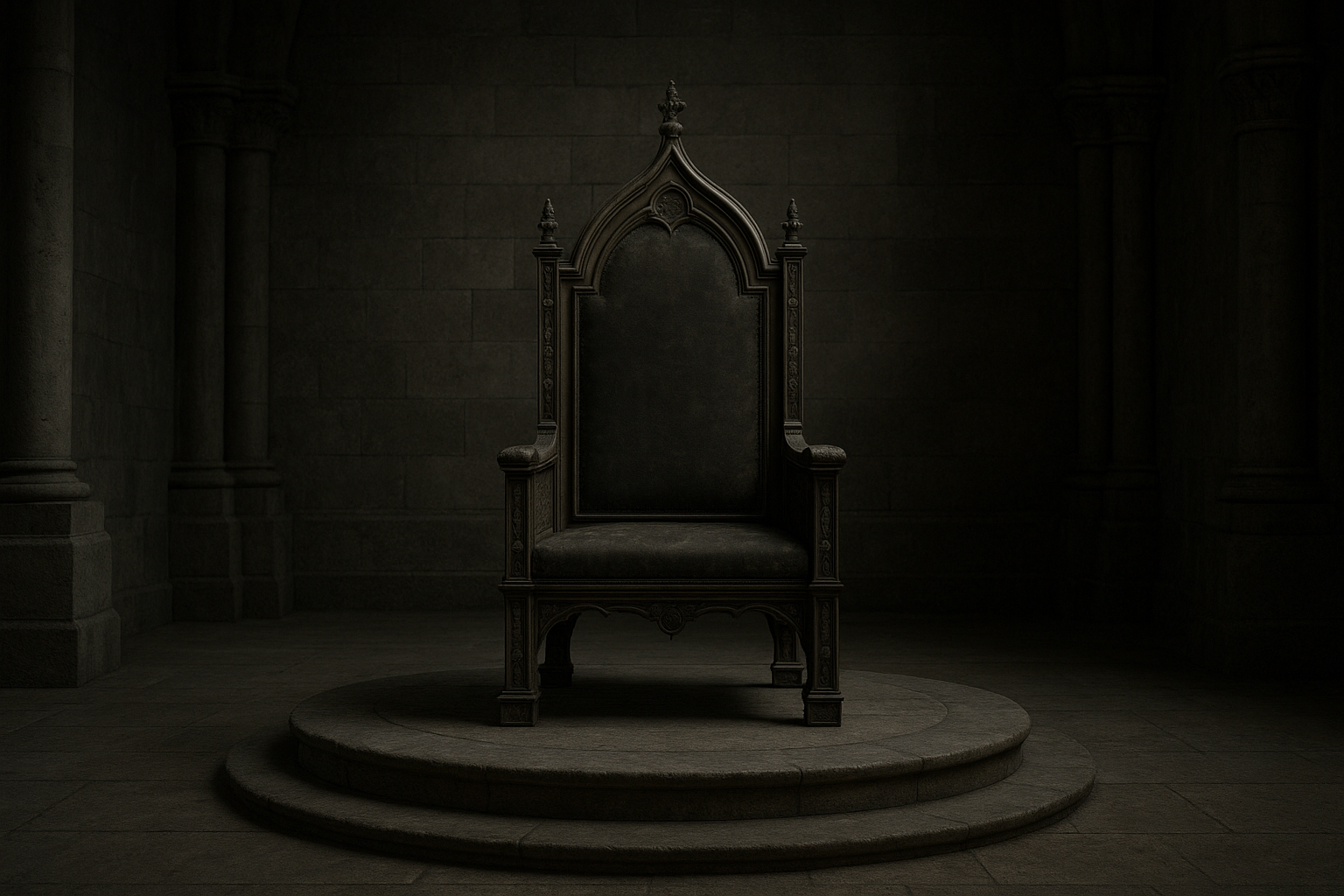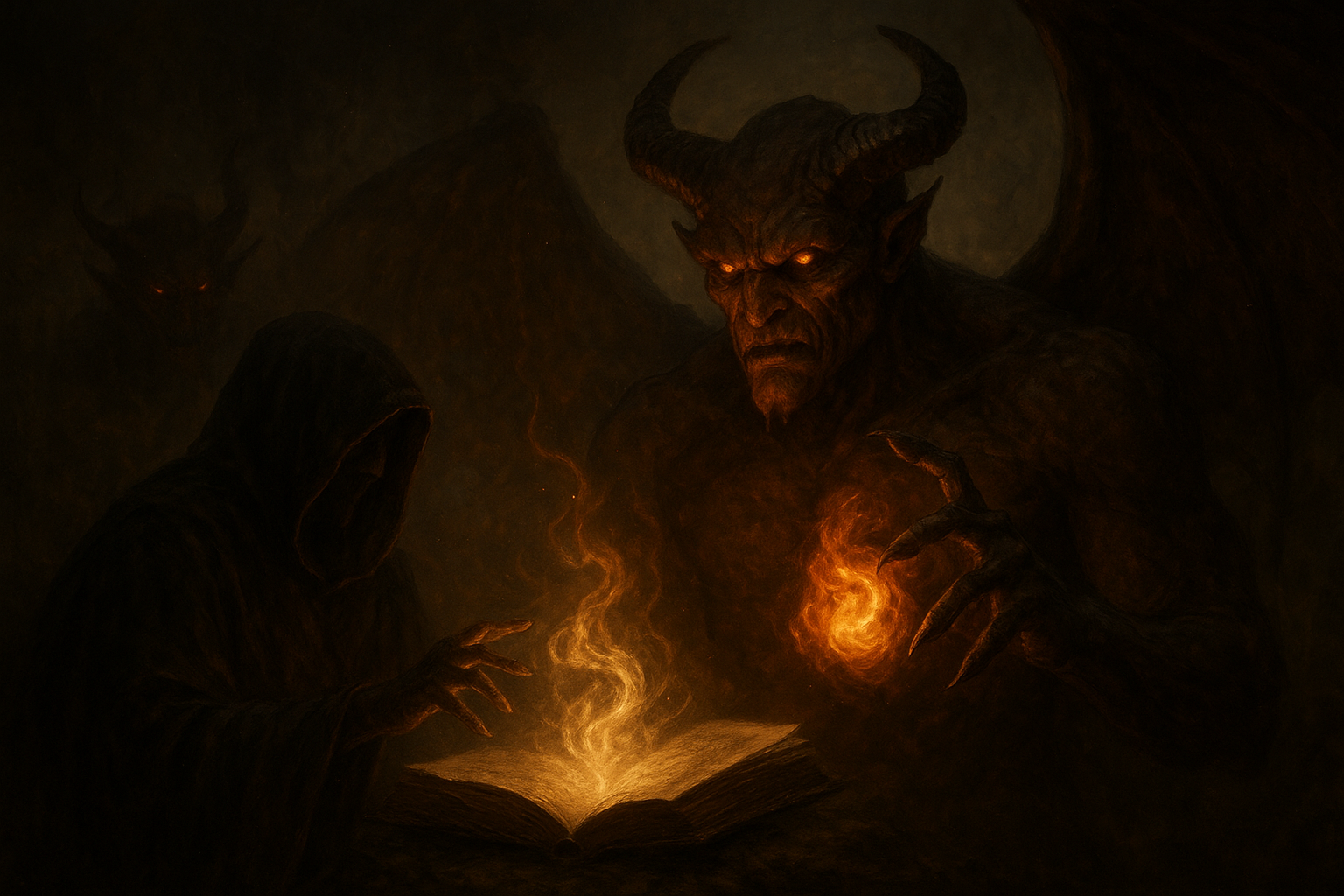For millennia, the throne has stood as a symbol of power and authority in human civilization. However, the concept of an “empty throne” invites a more profound exploration of the nature of power and its archetypal significance. When the seat of power remains unoccupied, it suggests both an absence of leadership and a tantalizing opportunity for change. In mythology, literature, and modernity, the empty throne symbolizes the complex dynamics of power, the void it creates, and the possibilities it offers.
The Archetype of the Throne
The throne is more than just a seat—it is an archetype embodying the pinnacle of authority. According to Carl Jung, archetypes derive from the collective unconscious and represent universal symbols that transcend time and culture (Wikipedia). In this light, the throne becomes a manifestation of power revered and recognized by all. From King Arthur’s legendary Round Table to the Iron Throne in George R.R. Martin’s A Song of Ice and Fire, it encapsulates legitimacy, leadership, and the burden of command.
The Dynamics of Emptiness
Yet, when devoid of an occupant, the throne takes on a different attribute—emptiness. This emptiness can lead to an environment ripe with uncertainty and expectation. As philosopher Jean-Paul Sartre once implied, emptiness allows for freedom and potential but also calls forth anxiety and instability (Stanford Encyclopedia of Philosophy). In the context of power structures, an empty throne challenges the status quo, questioning who is deserving to fill the void and with what new ideals.
A Catalyst for Change
Throughout history, empty thrones have often preceded significant transformations. The fall of mighty empires or the demise of influential rulers frequently left thrones unoccupied, ushering in periods of both turmoil and growth. Such vacancies provide a critical juncture where new narratives can emerge, releasing the old guard and inviting novel ideas and leadership.
“Power is like being a lady… if you have to tell people you are, you aren’t.” — Margaret Thatcher
In essence, Thatcher’s words highlight that a throne’s authority flows not from its existence but from the capacity of its occupant to command respect and enact meaningful change. Therefore, an empty throne becomes not just a void, but a canvas on which the future is painted. In either a metaphorical or literal sense, the empty throne serves as an ever-present reminder of the transient nature of power and the enduring quest for authenticity and transformation.
- Archetypal Power: Represents universal symbols recognized across cultures.
- Emptiness and Opportunity: Suggests potential for growth and change.
- Historical Catalysts: Often precedes dynamic shifts in power structures.

